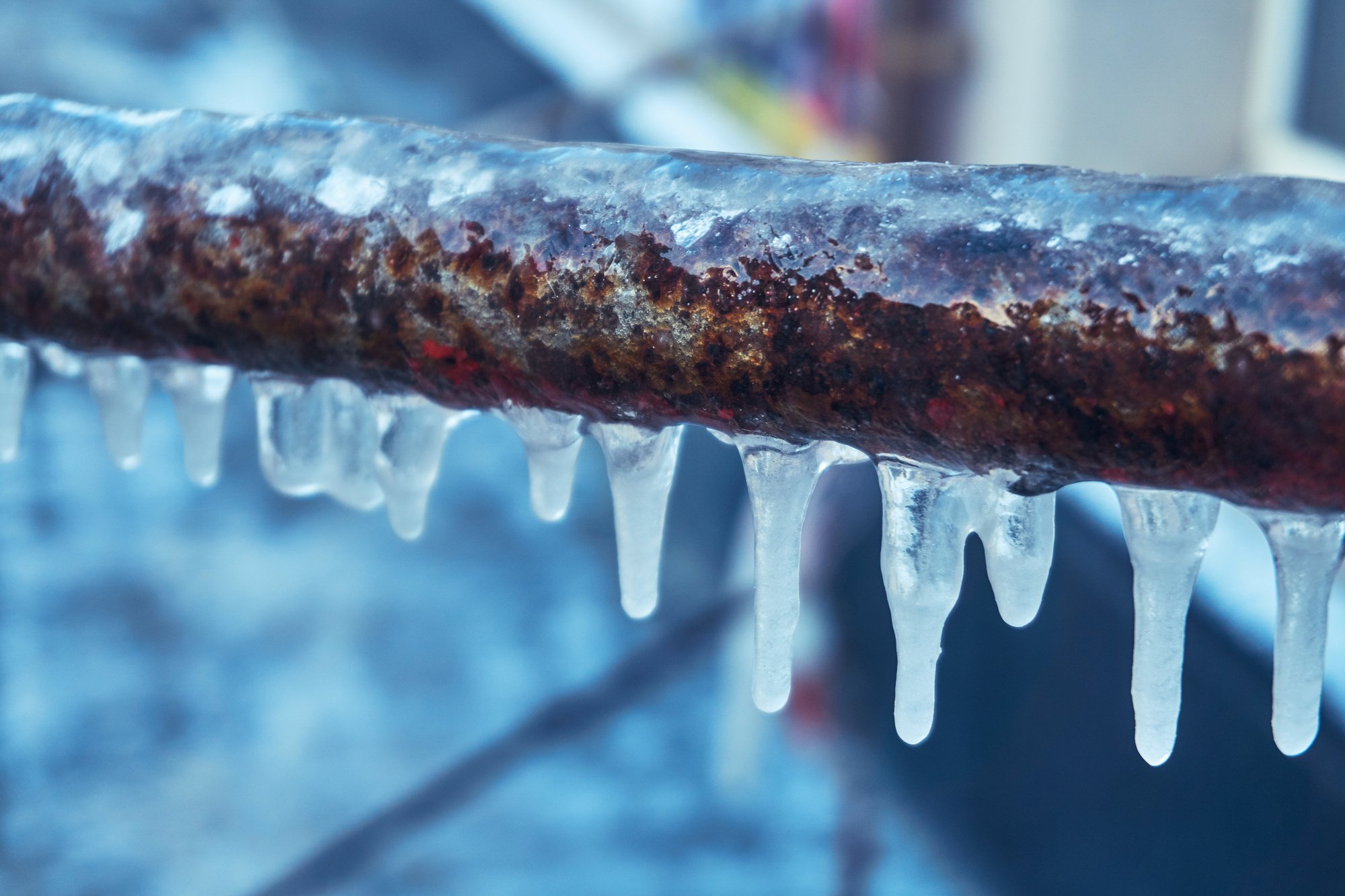We have come across this great article about Helpful Tips to Prevent Frozen Pipes this Winter directly below on the net and reckoned it made sense to talk about it with you on this site.

Cold weather can damage your pipes, specifically by freezing pipelines. Here's exactly how to prevent it from happening and what to do if it does.
Introduction
As temperature levels decrease, the danger of frozen pipelines rises, potentially causing expensive repairs and water damages. Comprehending how to prevent icy pipes is crucial for home owners in chilly climates.
Avoidance Tips
Protecting vulnerable pipes
Cover pipelines in insulation sleeves or make use of warmth tape to protect them from freezing temperatures. Concentrate on pipes in unheated or outside areas of the home.
Heating methods
Maintain indoor areas sufficiently heated up, specifically areas with pipes. Open cupboard doors to permit cozy air to circulate around pipes under sinks.
Exactly how to recognize frozen pipelines
Search for decreased water flow from faucets, uncommon odors or noises from pipelines, and noticeable frost on revealed pipes.
Long-Term Solutions
Structural changes
Take into consideration rerouting pipelines away from exterior wall surfaces or unheated locations. Include additional insulation to attics, basements, and crawl spaces.
Updating insulation
Buy high-quality insulation for pipelines, attic rooms, and walls. Proper insulation aids preserve consistent temperatures and lowers the danger of frozen pipelines.
Shielding Outside Plumbing
Yard hoses and exterior faucets
Separate and drain yard hoses prior to winter season. Install frost-proof faucets or cover outdoor taps with shielded caps.
Comprehending Icy Pipelines
What creates pipelines to ice up?
Pipelines freeze when subjected to temperatures below 32 ° F (0 ° C) for extended durations. As water inside the pipelines ices up, it broadens, taxing the pipeline wall surfaces and possibly creating them to rupture.
Threats and damages
Icy pipelines can bring about water supply disruptions, residential or commercial property damages, and pricey fixings. Ruptured pipelines can flooding homes and create substantial structural damage.
Indicators of Frozen Pipes
Identifying frozen pipelines early can stop them from rupturing.
What to Do If Your Pipes Freeze
Immediate actions to take
If you believe frozen pipelines, maintain faucets open up to eliminate pressure as the ice melts. Make use of a hairdryer or towels soaked in warm water to thaw pipelines slowly.
Conclusion
Protecting against frozen pipelines needs aggressive steps and fast reactions. By recognizing the causes, indicators, and safety nets, homeowners can secure their pipes during cold weather.
5 Ways to Prevent Frozen Pipes
Drain Outdoor Faucets and Disconnect Hoses
First, close the shut-off valve that controls the flow of water in the pipe to your outdoor faucet. Then, head outside to disconnect and drain your hose and open the outdoor faucet to allow the water to completely drain out of the line. Turn off the faucet when done. Finally, head back to the shut-off valve and drain the remaining water inside the pipe into a bucket or container. Additionally, if you have a home irrigation system, you should consider hiring an expert to clear the system of water each year.
Insulate Pipes
One of the best and most cost-effective methods for preventing frozen water pipes is to wrap your pipes with insulation. This is especially important for areas in your home that aren’t exposed to heat, such as an attic. We suggest using foam sleeves, which can typically be found at your local hardware store.
Keep Heat Running at 65
Your pipes are located inside your walls, and the temperature there is much colder than the rest of the house. To prevent your pipes from freezing, The Insurance Information Institute suggests that you keep your home heated to at least 65 degrees, even when traveling. You may want to invest in smart devices that can keep an eye on the temperature in your home while you’re away.
Leave Water Dripping
Moving water — even a small trickle — can prevent ice from forming inside your pipes. When freezing temps are imminent, start a drip of water from all faucets that serve exposed pipes. Leaving a few faucets running will also help relieve pressure inside the pipes and help prevent a rupture if the water inside freezes.
Open Cupboard Doors
Warm your kitchen and bathroom pipes by opening cupboards and vanities. You should also leave your interior doors ajar to help warm air circulate evenly throughout your home.

I'm just very excited about Prevent Frozen Pipes and I really hope you enjoyed reading our post. Enjoyed reading our entry? Please quickly share it. Let others locate it. Thank you so much for going through it.
Services